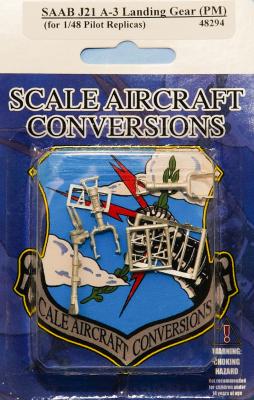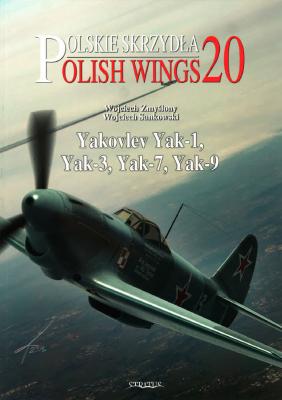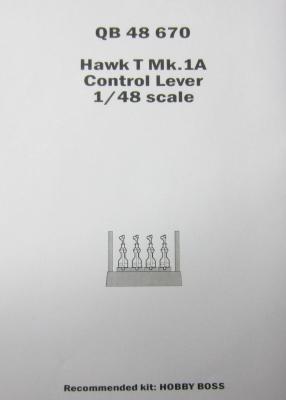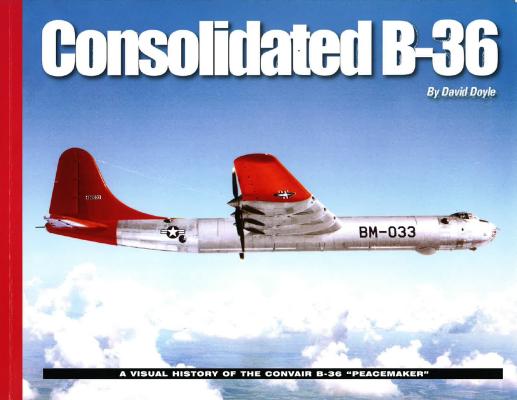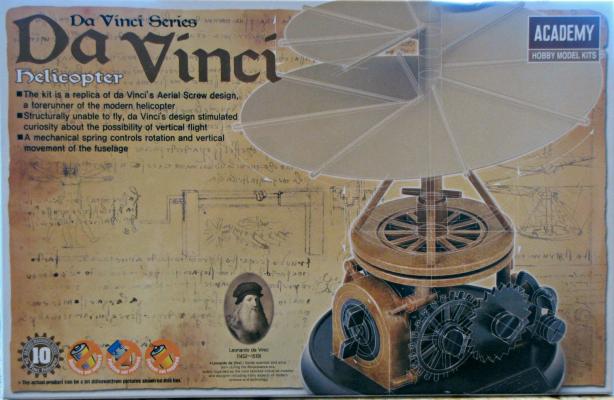Scale Aircraft Conversions has released replacement landing gear for the excellent Pilot Replicas 1/48 SAAB J 21 A-3. The 13 parts supplied include the nose gear, main gear, torque links, and main gear retraction arms. A side by side evaluation of all the SAC parts shows the similarity with the kit parts. Ross McMillan has combined two parts by securing the nose gear wheel fork to the nose gear, eliminating a potential point of failure. There are no supplied instructions; you simply swap out the kit provided plastic parts with the new white metal items. You do need to be very careful to assure proper alignment on all three axes. The SAC landing gear may need to be slightly adjusted to be straight (a benefit of using metal is that you can bend it slightly). Smooth jaw needle nose pliers work wonderfully.
Welcome to the IPMS/USA Reviews site!
Introduction: The primary organization of the IPMS/USA Review website is by IPMS/USA National Contest Class. Within each Class there are sub-menus by kits, decals, books, etc. The Miscellaneous Class is for items that are not class specific or that cross two or more classes.
IPMS/USA Members: We encourage you to submit reviews, both here and to the Journal. To volunteer for membership in the IPMS/USA "Reviewers Corps" and submit your own reviews, please read the Guidelines For Submitting Product Reviews.
Manufacturers, publishers, and other industry members: IPMS/USA is pleased to offer your company the opportunity for product reviews. All product reviews are performed by IPMS/USA members, and are posted in the publicly-accessible section of our website. With very few exceptions, we perform full build reviews of new kit releases, aftermarket products, and supplies. If you would care to provide product samples for review, please contact John Noack, IPMS/USA 1st VP.
To learn more about IPMS/USA, please see our About Us page.
Wojciech Zmyslony and Wojciech Sankowski author the latest in Mushroom Model Publications’ series of aircraft used in the Polish Air Force. This volume’s focus are the piston engine Yak fighters deployed by the ‘People’s Polish Air Force’ during WWII and the late 40s.
The front and back covers are by Marek Ryś of a Yak-1b, one of three aircraft adorned with a presentation inscription.
I counted 177 black and white photos along with 2 color photos of museum aircraft. Thierry Vallet contributes 42 color side views as well as top and bottom views as appropriate. Colors are even called out with Russian AMT and US FS numbers. The great part of these color side views is they are backed up with period photos of the aircraft that is being portrayed. Wojciech Zmyslony and Wojciech Sankowski also include two tables (see below) that detail the date, unit, aircraft, markings, and pilot.
The Table of Contents focuses on the following sections:
The parts are packaged in a thin plastic sleeve, and the resin is protected by additional reinforcement ribs. Four control levers (sticks) are provided, but the kit requires only two.
Compared to the Hobby Boss (HB) kit parts, the Quickboost (QB) has great improvement on detail over the HB part. The most noticeable difference is the grip shape itself giving crisp detail and accurate contours. Another area of improvement is the grip pivot (roll) accurately replicating that unique pivot. The HB part is very basic where the QB part has finer detail as well as small wiring provided in the casting.
Aires/Quickboost is known for exquisite detail on all of their update sets and this review sample is no exception. I would like to thank Aires for this review sample.
This is Ampersand’s second aviation book, both in the Visual History Series, and follows the same format as David Doyle’s “Flying Wings”. Ampersand got their start in 1993 when Pat Stansell distributed a free issue of Military Miniatures in Review at the IPMS Nationals in Atlanta. Ampersand joined forces with HobbyLink Japan in 2008 and have continued to expand their military AFV publications ever since. 2015 saw Ampersand dive into aviation books and 2016 marks their first dive into nautical books with the Visual History Series on the USS California. True to the series name, the focus of this book in on the visual with a mere two pages detailing the development history of the Peacemaker. A third page depicts the development of the B-36 with line drawings, and then it’s off to the well captioned photographs.
For several years now, Academy Plastic Model Company has been producing a series of kid-friendly kits based on the designs of Leonardo Da Vinci. I love these little kits. I have the armored car in my office as a conversation piece. These are, perhaps, more toys than traditional model kits but are a perfect kind of kit to introduce kids to modeling. This particular kit is modeled after Leonardo’s air screw. According to da-vinci-inventions.com, Da Vinci sketched out his air screw in the 15th century. The screw was manufactured from linen, wire, and reeds and was to be rotated by a crew of four men. It was never constructed and would have been an impractical flying machine to say the least. Nevertheless, it is testament to Da Vinci’s genius.











